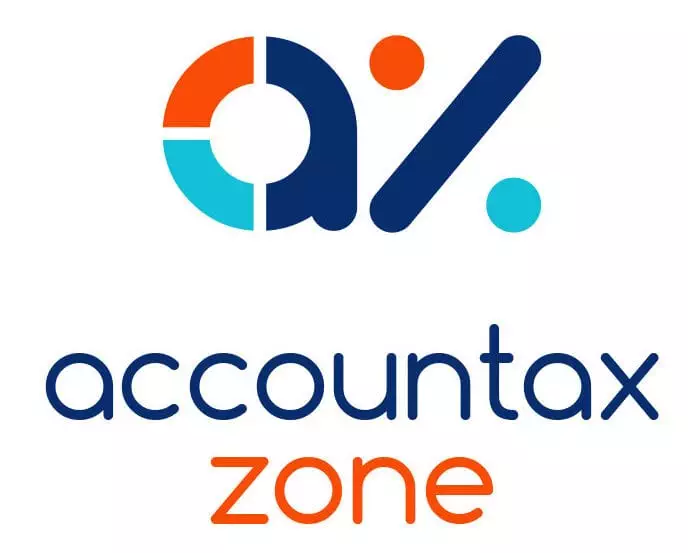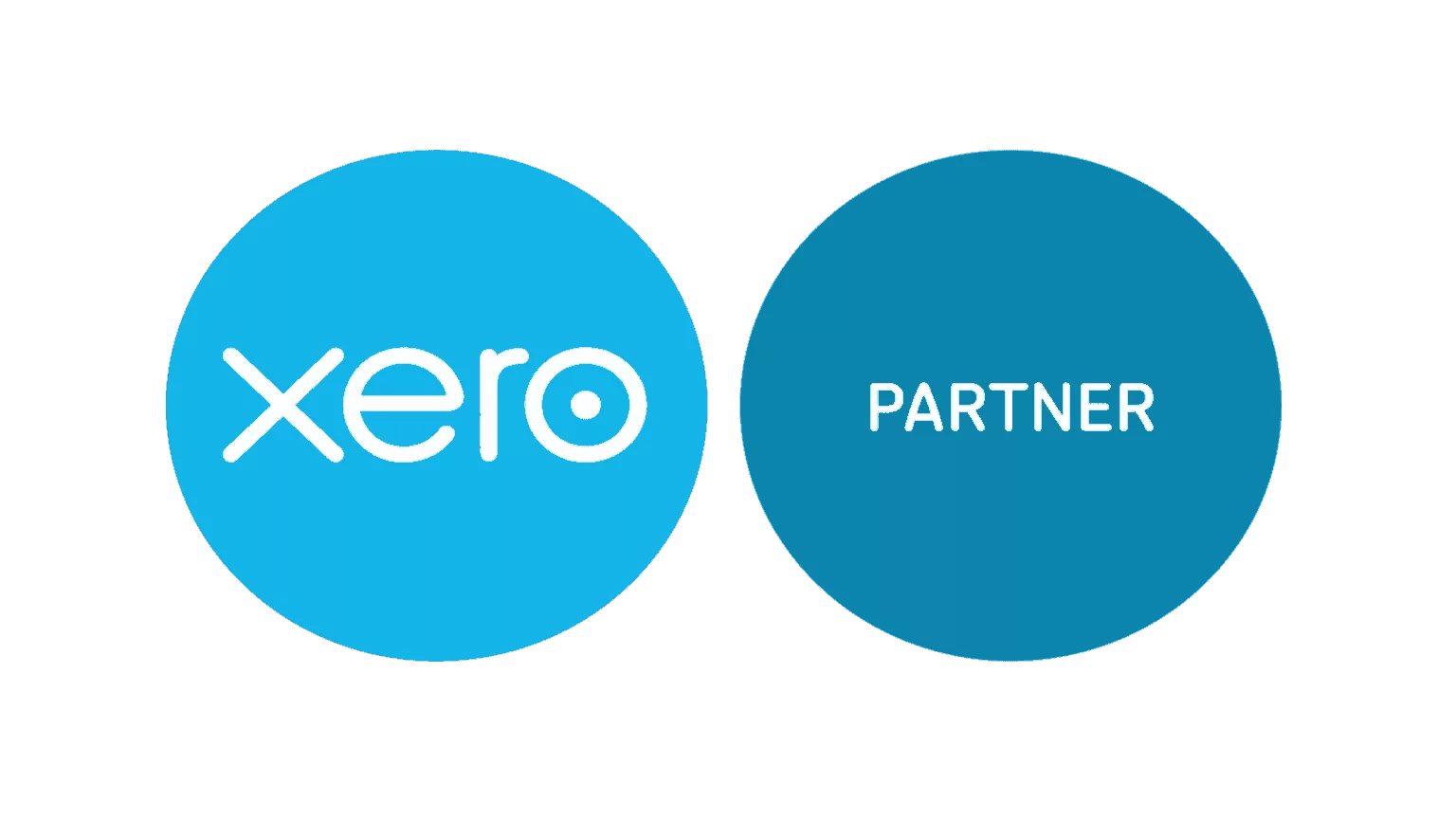The fall in the dividend allowance in recent years may mean that you now need to pay tax on your dividend income for the first time.
The dividend allowance
The dividend allowance was introduced from 6 April 2016. It is available to all taxpayers regardless of the rate at which they pay tax and in addition to any other allowances that they may receive (such as the personal allowance or the personal savings allowance). Dividends sheltered by the allowance are taxed at a zero rate. However, they use up part of the tax band in which they fall.
The dividend allowance was set at £5,000 for 2016/17 and 2017/18. However, it was reduced to £2,000 for 2018/19, remaining at this level up to and including 2022/23. It was further reduced to £1,000 for 2023/24 and again to £500 for 2024/25.
For years prior to 2016/17, dividends came with a tax credit which matched the dividend ordinary rate of 10% on the gross dividend. This meant that basic rate taxpayers had no further tax to pay on dividend income, regardless of the amount, as long as their total income did not push them into the higher rate tax band.
Taxation of dividends
Where dividends are not sheltered by the dividend allowance or any personal allowance not used elsewhere, they are taxed at 8.75% where they fall in the basic rate band, at 33.75% where they fall in the higher rate band and at 39.35% where they fall in the additional rate band. To work out which rate applies, dividends are treated as the top slice of income.
You may also like to read: Tax-free savings income in 2024/25
Impact of the Falling Dividend Allowance
The fall in the dividend allowance in recent years may mean that taxpayers who have never previously paid tax on their dividend income now have some dividend tax to pay for the first time.
Example
Barbara has had some privatisation shares for many years. She has increased her holdings by taking advantage of scrip dividends and rights issues. She receives dividend income of around £1,500 a year. She has other income of £30,000 a year from her state pension and an occupational pension. She does not complete a tax return.
For years prior to 2023/24, Barbara’s dividend income was sheltered by the dividend allowance and she had no tax to pay.
However, for 2023/24, her dividend income of £1,500 exceeds the dividend allowance of £1,000 by £500. As her dividend income falls in the basic rate band, she will need to pay tax of £43.75 on her dividend income (£500 @ 8.75%).
For 2024/25, the dividend allowance is only £500, and Barbara’s dividends exceed her dividend allowance by £1,000. As a basic rate taxpayer, she will need to pay tax of £87.50 (£1,000 @ 8.75%) on her dividend income in 2024/25.
Telling HMRC
If you are now liable to pay tax on your dividend income, you will need to tell HMRC. The way in which you do this depends on whether you already complete a tax return and the amount of your dividends.
If you already complete a Self Assessment tax return, as will be the case if you are self-employed or have other income, such as rental income, to declare, you simply include your dividend income on the dividend pages of your return.
If you do not need to complete a tax return, for example, because you are taxed under PAYE, if your taxable dividends are £10,000 or less, you can simply call the HMRC helpline on 0300 200 3300 to tell them about your dividend income. You can ask that they amend your tax code to collect the tax that you owe through PAYE. However, if you have taxable dividend income of more than £10,000, you will need to complete a Self Assessment tax return. You will need to register for Self Assessment no later than 5 October after the end of the tax year in which the need to first report the income arose.
Partner note: ITA 2007, s. 13.










